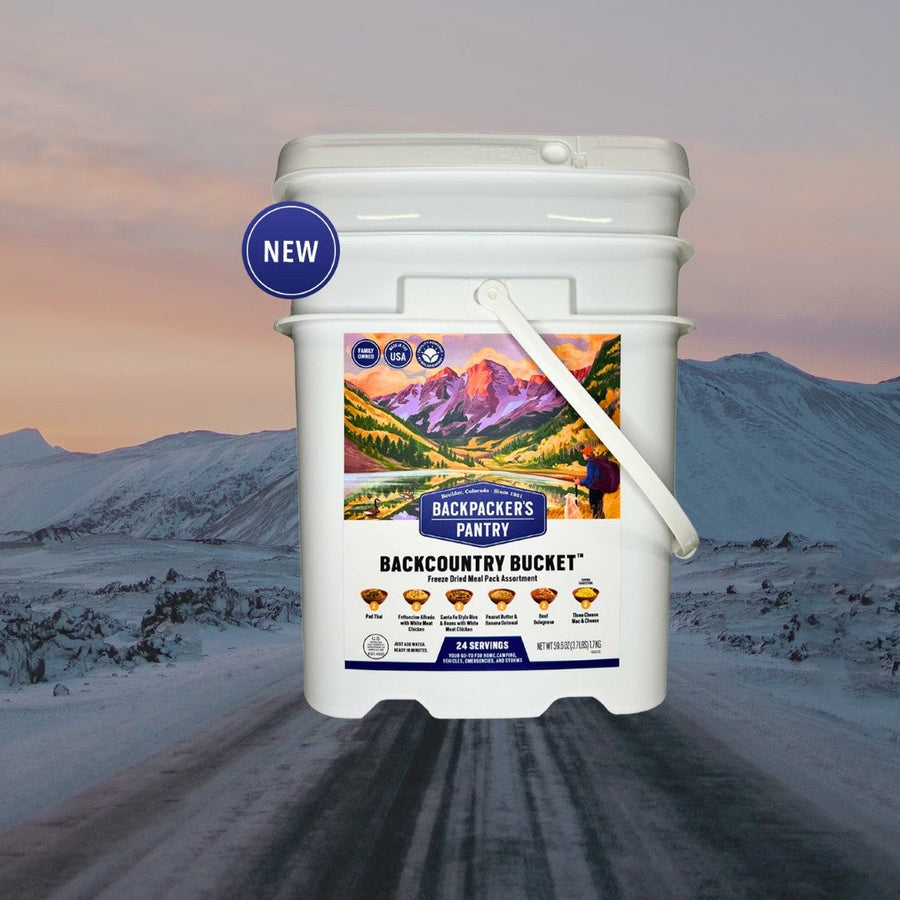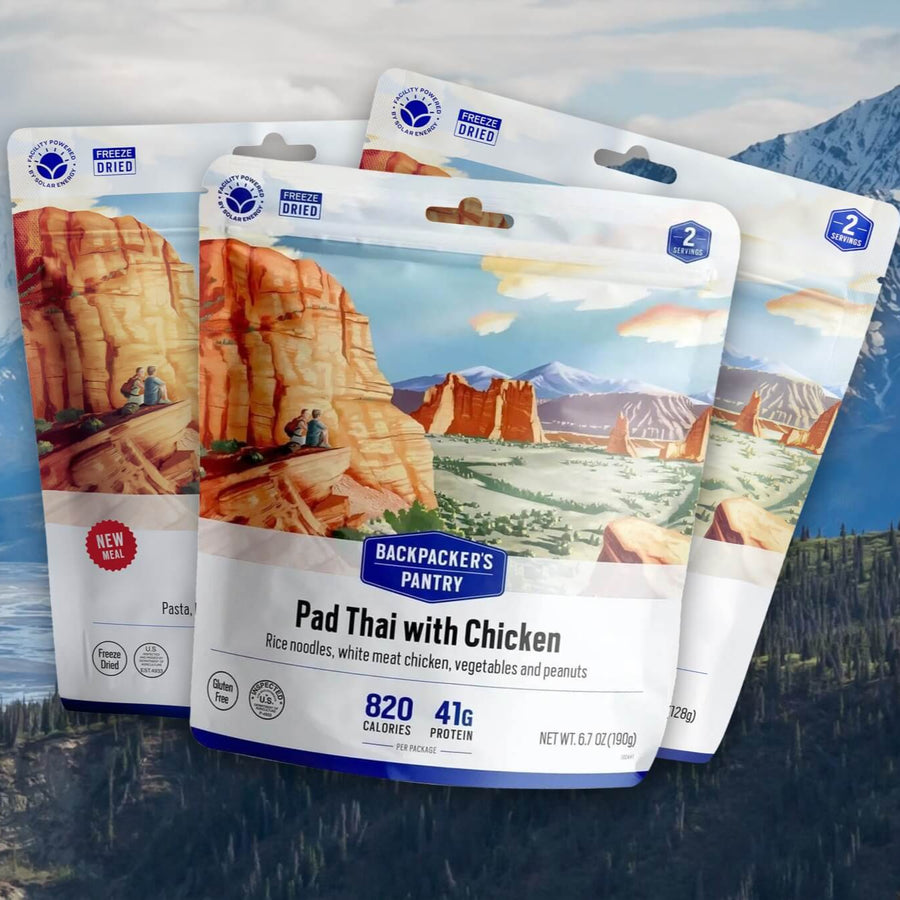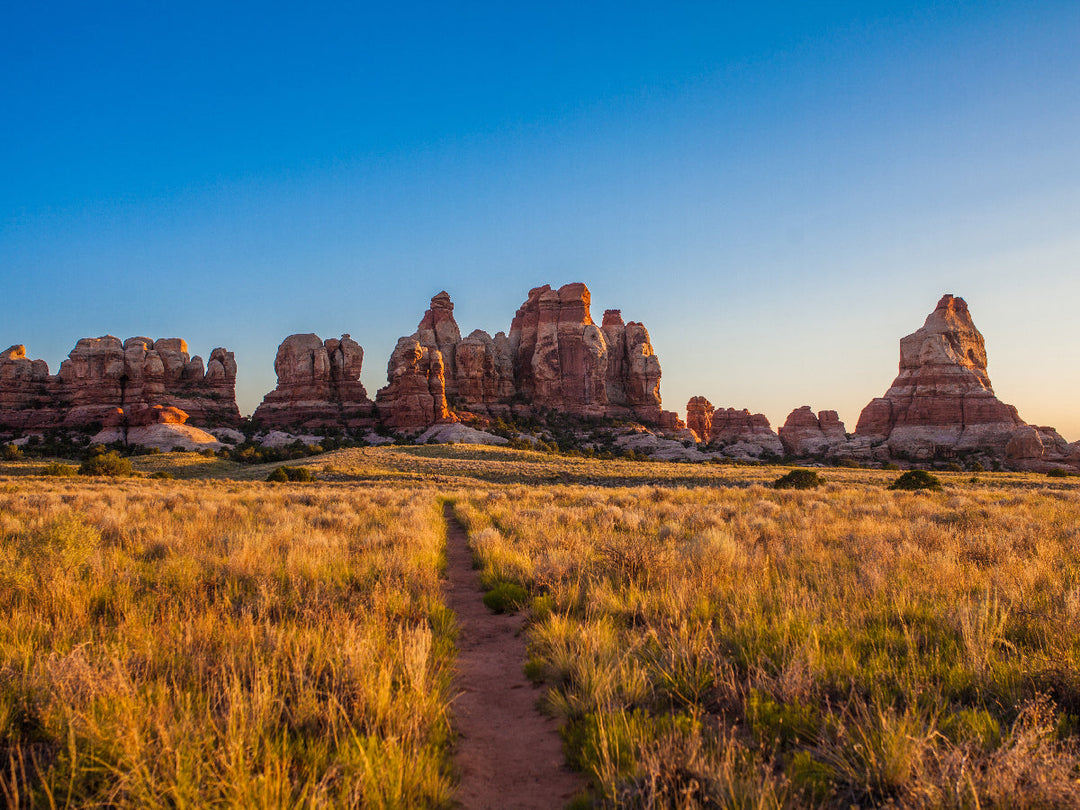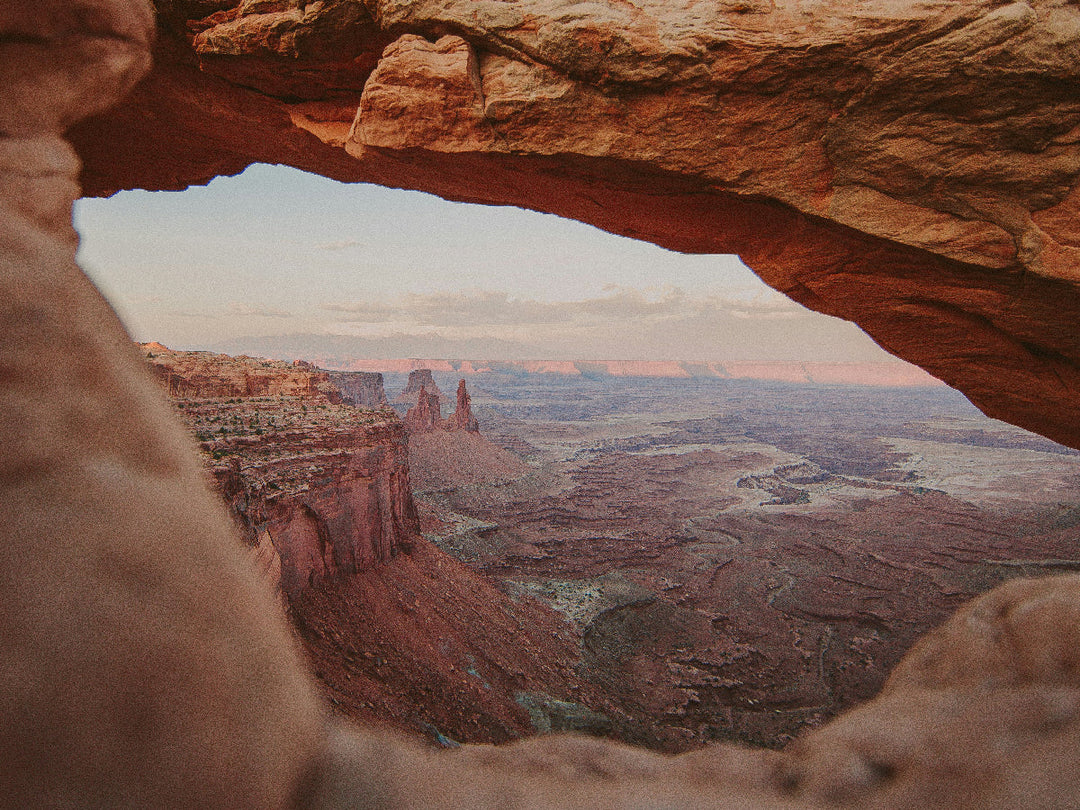Outdoor Resolutions for the New Year

Simple Outdoor Oriented Goals to Kick off the Decade
By: John Huston

New Year’s resolutions and expeditions have a few things in common. They’re both relatively long-term initiatives that require commitment, discipline and persistence… and they’re both fun.
In my mind, expeditionary goals can be easier to go after than resolutions because of the inherent singleness of purpose. The simple, less distracted life of the backcountry doesn’t hurt, either.
According to U.S. News & World Report, about 80% of New Year’s resolutions fail. I’m sure that outdoor-oriented goals have a higher success rate.
When I make expeditionary goals, I aim for projects that are going to be fun, challenging (to varying degrees) and that set me on a worthwhile journey. In other words, I strive to acknowledge all the pre-expedition work as part of the expedition experience. This recognition is motivating and incorporates the expedition and expeditionary mentality into my normal day-to-day life.
If you want to set some outdoor adventure goals of your own, try one of these 10 New Year’s resolutions for outdoor adventurers.
10 New Year’s Resolutions for the Outdoor Adventurer
1. Plan one trip that (safely) pushes your envelope.
Build upon your existing experience in a specific activity, like backpacking. Plan ahead. Research it. Get local or expert intel about it. Train for it. Do a training or warm-up trip. Identify the risk factors and come up with preventative methods and/or solutions to anticipated problems. Identify obstacles that might keep you from succeeding and turn those into goals. Be patient with the process. Embrace the planning and preparation by getting ready way ahead of time… and enjoy the journey.
2. Keep a trail journal or log.
Trail journals can take many forms: diary entry, description of the day, route information log, notes on what is working and what to change for next time.
At a minimum, my basic journal entry includes relevant contextual data: date, location, temperature, wind, precipitation, visibility, distance traveled and time traveled. Depending on the trip I’ll then write a description of the day or whatever is on my mind. Journals are useful for solidifying the experience while in the moment. They can also be a resource for future trips and a fun snapshot to read through down the line.
3. Move your gym outside.
An indoor gym is better than no gym, but the best gym is outside. I love working out in the outdoors in all seasons and in all weather. At home, I’ve got a bunch of barbells, weight balls, jump boxes and kettlebells. I use them outside along with bodyweight exercises for strength workouts. Running in the winter or the rain can be fun and the trails will be empty. I find working out outside connects me with the environment and gives me an invigorating sense of place.
4. Pack a backcountry ready bag and use it.
A ready kit includes all the essentials needed for a given outdoors trip: tent, sleeping bags, stove, freeze-dried meals, boots, clothing, etc… Having a ready kit assembled enables impromptu overnight trips. It can take a long time to get organized and pack out for a wilderness excursion, especially with a family. The ready kit removes that impediment and gets you out the door.
5. Sleep outside one night a month.
Camping out in the backyard in the middle of the week can be a great way to recharge or disconnect from normal humdrum routines. Even better get into the woods mid-week, campgrounds are often easy pickings when you’re not competing with the weekend hordes. Sleeping out typically aligns me more with nature’s clock and I’m often up plenty early to get to work, too. Take it to another level by sleeping out sans shelter under the stars one night a month.
6. Learn from a pro.
Over the course of my career, I’ve benefited greatly from professional instruction in the form of skills classes like crevasse rescue or whitewater paddling, hiring a physical trainer for expedition fitness and wilderness expedition schools like Outward Bound.
Learning from the pros can be one of the fastest ways to up your game because you come away with tried and true frameworks for the self-care, safety and technical skills that are the backbone of any outdoors trip.
7. Experience a new outdoor activity.
If you’re tired of backpacking trips, try a backcountry canoe trip. There are so many ways to get out in nature via different modes of travel or different purposes, that in turn connect you with the outdoors on a different level.
I’m not a hunter, but this year I’m excited to hike along with my neighbor on his annual elk hunt. Exposing yourself to different outdoor endeavors is a fun learning experience. Tip: if you are a backpacker going canoeing for the first time, use a proper canoe pack, your backpack won’t fit into the boat too well.
8. Eat better in the backcountry.
Food is a huge part of any outdoor experience for me. Food is backcountry fuel, but it needs to taste good and be the right stuff to do the job of providing sustenance and enjoyment. It’s hard to overestimate how much the right food can add to an outdoor experience.
Every time my wife and I take our three-year-old twins hiking or cross country skiing we bring chocolate and fun snacks – we want the whole formative experience to be fun. The right food can be the difference between running out of gas and struggling into camp and a super satisfying snack or dinner with a view.
9. Book your permits early.
Booking early gets you the right dates and the best locations and it turns the idea for a trip into a commitment. Same with booking airline tickets. Once it’s booked, things are going to move forward.
10. Take a wilderness medicine course.
Knowing the basics of handling backcountry medical issues is essential. Wilderness First Aid courses are typically 2 days long and get you a 2-year certification. I’m a big fan of Wilderness Medical Associates. NOLS also has a good reputation. These medical skills are really useful in the front country as well.





